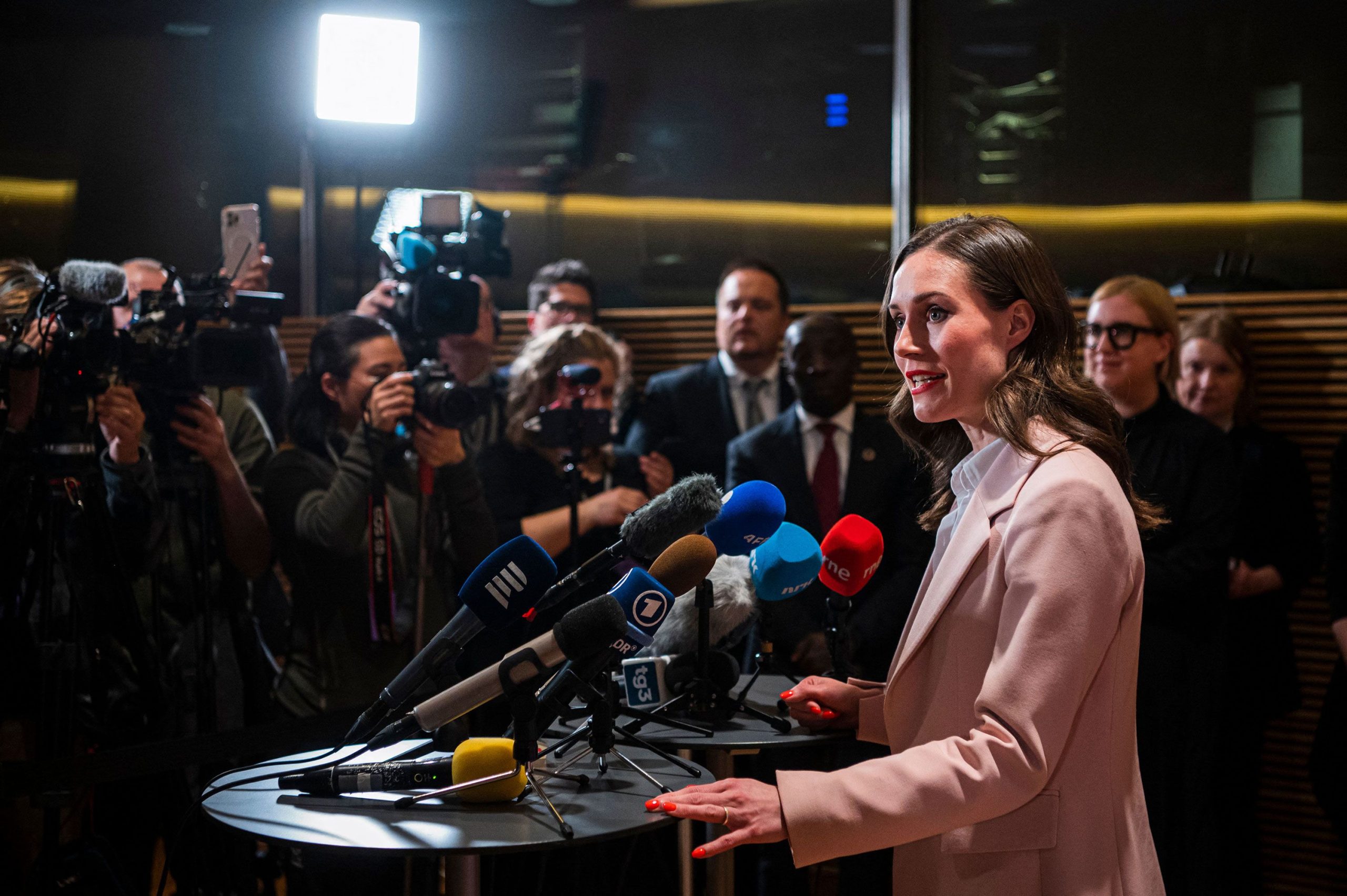The prime minister’s appointment follows the parliamentary election, which is scheduled to be held once every four years.
Advertisement
Under the provisions of the Constitution of Finland, the president nominates a prime minister after the parties in the parliament have negotiated the distribution of seats in the new cabinet and the government’s programme.

Finland is a parliamentary republic with a multi-party system. The prime minister is the head of the government and the leader of the majority coalition in the parliament.
The prime minister is appointed by the president after consulting with the parliamentary groups and based on their ability to form a government that has the confidence of the parliament.
Advertisement
The prime minister can be removed by a vote of no confidence in the parliament. The most recent parliamentary election in Finland took place on April 2, 2023. It was a tight three-way race between the center-right National Coalition Party (NCP), the populist Finns Party, and the center-left Social Democratic Party (SDP).
The NCP emerged as the winner with 20.8 percent of the vote, followed by the Finns Party with 20.1 percent and the SDP with 19.9 percent. The incumbent prime minister, Sanna Marin of the SDP, conceded defeat and congratulated the NCP leader, Petteri Orpo, who is expected to become the next prime minister.
The election marks the end of Marin’s tenure as prime minister, which began in December 2019 when she became the world’s youngest sitting national leader at age 34.


Leave a Reply